Dream Chaser would deliver cargo, and eventually the crew, to low Earth orbit. Ken Ulbrich/NASA " src="https://s.yimg.com/ny/api/res/1.2/o7ctoCbqd1J5lv4PO5elGQ-/YXBwaWQ9aGlnaGxhbmRlcjt3PTk2MDtoPTY0Mw-/https://media.zenfs.com/en/the_conversation_464/2c298964bdf4a7bed0c 1d95a9183814e" data-src= "https://s.yimg.com/ny/api/res/1.2/o7ctoCbqd1J5lv4PO5elGQ-/YXBwaWQ9aGlnaGxhbmRlcjt3PTk2MDtoPTY0Mw-/https://media.zenfs.com/en/the_conversation_464/2c298964bdf4a7bed0c1d95 a9183814e"/>
NASA's Space Shuttle operated in low Earth orbit for 30 years before being retired in 2011. However, the US space agency's replacement for this vehicle, Orion, returned to the conical capsule design familiar from the Apollo missions. This was because NASA planned to use this newer craft to explore deep space targets such as the moon.
But in recent years we have seen a return of spaceplane design. Since 2010, the U.S. Space Force (and formerly the U.S. Air Force) has launched a robotic spaceplane called the X-37B into low Earth orbit for classified missions. China has its own military space plane called Shenlong.
This year could see a test flight of the Sierra Space company's Dream Chaser - the first commercial space plane capable of orbiting the Earth. If all goes well, the vehicle could be used to supply the International Space Station (ISS) with cargo and eventually crew.
Spaceplanes can fly or glide in Earth's atmosphere and land on runways instead of using parachutes to land in water or on flat ground like capsules. They are also more maneuverable as the spacecraft reenters the atmosphere, increasing the area on Earth's surface where landing is possible from a specific reentry point.
Spaceplanes also allow for a gentler but longer flight path during reentry and a softer landing, which is easier on crew and cargo than capsules, which can land with a thud. A runway also ensures that ground crews and infrastructure are ready at the landing location.
Cost and complexity
But space planes are more complex and heavier than an equivalent capsule. The shape of the winged body poses a particular challenge for designing thermal protection systems (TPS) - the heat-resistant materials that protect the craft from scorching temperatures on reentry. These additional costs make it impractical to design a spaceplane for a single flight. They must be used over and over again to be viable.
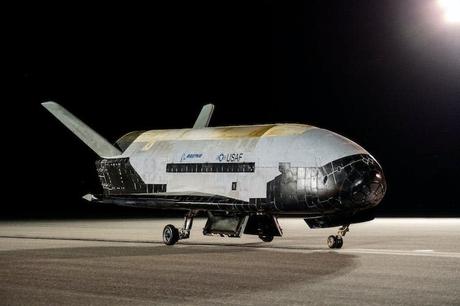
There has been interest in spaceplanes from the earliest days of human space travel. A military spaceplane project called Dyna-Soar was started in the US in 1957 and then canceled shortly after construction began. The vehicle was advanced for its time, built using a metal alloy that could withstand high temperatures and featuring a front heat shield that could be detached after returning from space so the pilot could see clearly as he landed.
The story continues
The Space Shuttle, which entered service in 1981, was the first operational spaceplane. It was intended to be launched more often than it did and to have greater reusability, but it turned out that it required extensive refurbishment between launches. However, it did demonstrate the ability to return astronauts and large payloads from space.
Other space agencies invested in the 1980s and 1990s, in Europe with the Hermes spaceplane, and in Japan with the HOPE vehicle. Both programs were canceled largely due to costs. The Soviet Union developed its own shuttle-like vehicle called Buran, which successfully flew to space in 1988. The program was canceled after the collapse of the Soviet Union.
Feeling the heat
Space planes have specific requirements for the last part of their journey - when they return from space. During re-entry into the atmosphere, they are heated to more than a thousand degrees Celsius while traveling at hypersonic speeds of more than seven kilometers per second - more than twenty times the speed of sound. A snub-nosed design (where the edge of the spacecraft is rounded) is an ideal shape because it reduces heat build-up at the forward part of the vehicle.
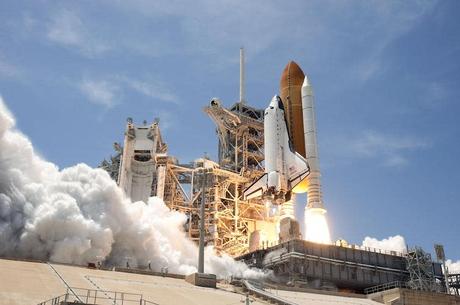
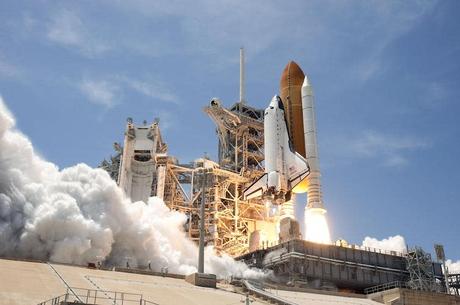
However, the expected temperatures experienced by the vessel can still reach 1600°C, necessitating a thermal protection system on the exterior of the vehicle. The Space Shuttle TPS included ceramic tiles that were highly heat resistant and a reinforced carbon-carbon matrix that could withstand temperatures of up to 2400°C.
The loss of the Columbia shuttle during reentry in 2003, which killed seven astronauts, was the result of a break in the TPS at the leading edge of the wing. This was the result of a piece of insulating foam that flew off the shuttle's external tank and struck the wing during Columbia's launch.
This foam problem occurred repeatedly on the shuttle due to the way it was launched from the side of the external fuel tank. But newer spaceplane designs will fly atop conventional rockets, where falling foam isn't a problem.
An effective TPS remains critical to the future success of spaceplanes, as do systems that monitor TPS performance in real time.
Current vehicles
There are currently two operational spaceplanes, one Chinese and one American, that can reach orbit. Little information is available about the Chinese Shenlong, but the US Army's X-37B is better known. The nine-meter-long, unmanned vehicle weighs almost five tons at launch, is launched with a conventional rocket and lands autonomously on a runway at the end of its mission.
The X-37B's TPS uses shuttle-like tiles across the lower surface with a cheaper alternative to reinforced carbon fiber called Tufroc, developed for the X37B, on the nose and leading edges.
They should soon be joined by Dream Chaser, which the company developed to carry both cargo and astronauts, but NASA wants to prove its safety before carrying people by using it to transport cargo to the space station first. The ability to return relatively fragile cargo to the surface for a softer landing is a key capability. The tiles that protect Dream Chaser are made of silica and each have a unique shape to suit the area on the vehicle they are intended to protect.
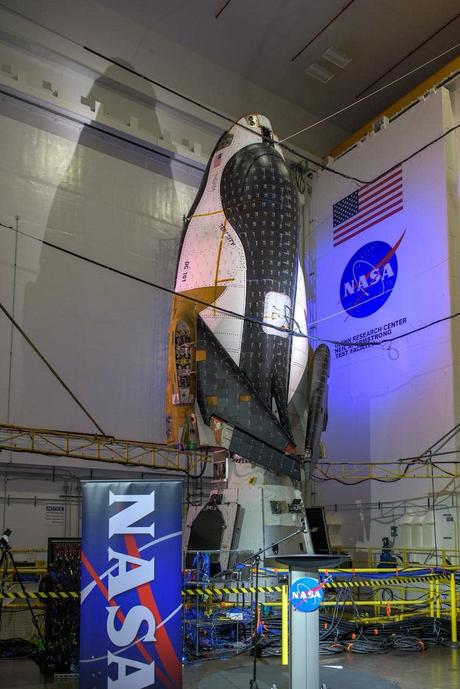
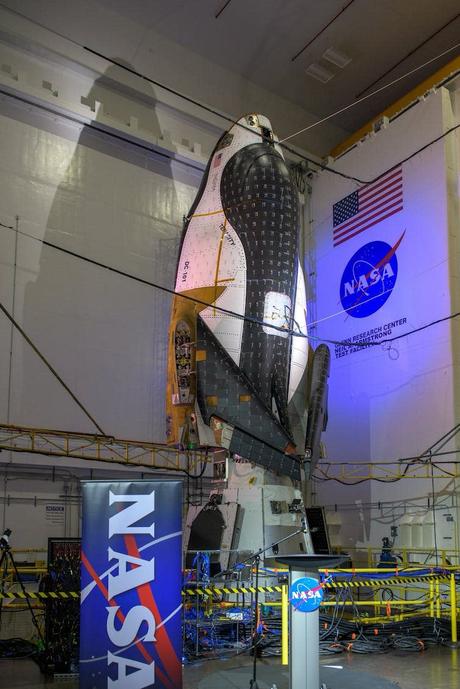
Future developments
There is still interest in spaceplanes because of their ability to return crew and cargo to a runway. Demand for this option is now limited. But as the cost of space launches continues to fall and an expansion of the space industry increases demand, they will become an increasingly viable alternative to capsules.
In the longer term, there is also potential for spaceplanes that can reach orbit after taking off from a runway. The challenges in developing these single-stage-to-orbit (SSTO) vehicles are significant. However, concepts such as the Skylon vehicle are leading to technical developments that could ultimately support the development of an SSTO craft.
For the near future, spaceplanes look promising for the following reasons: new design techniques, improved materials for the TPS, advanced computer modeling and simulation tools for optimizing various aspects of design and flight parameters, and continued improvements in propulsion systems.
Given that several governments, space agencies, and private companies around the world are investing heavily in spaceplane research and development, we could see a future where flights with these vehicles become routine.
This article is republished from The Conversation under a Creative Commons license. Read the original article.


